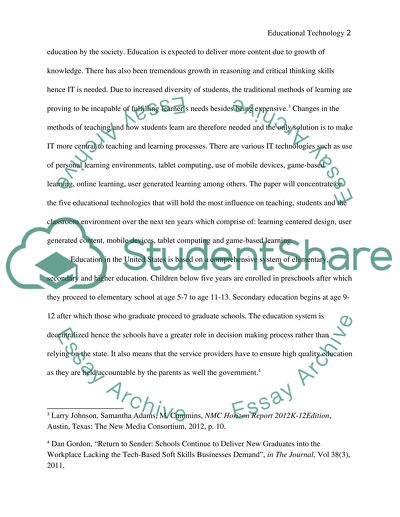Cite this document
(“Five educational technologies that will most influence teaching, Essay”, n.d.)
Five educational technologies that will most influence teaching, Essay. Retrieved from https://studentshare.org/education/1400490-five-educational-technologies-that-will-most
Five educational technologies that will most influence teaching, Essay. Retrieved from https://studentshare.org/education/1400490-five-educational-technologies-that-will-most
(Five Educational Technologies That Will Most Influence Teaching, Essay)
Five Educational Technologies That Will Most Influence Teaching, Essay. https://studentshare.org/education/1400490-five-educational-technologies-that-will-most.
Five Educational Technologies That Will Most Influence Teaching, Essay. https://studentshare.org/education/1400490-five-educational-technologies-that-will-most.
“Five Educational Technologies That Will Most Influence Teaching, Essay”, n.d. https://studentshare.org/education/1400490-five-educational-technologies-that-will-most.


